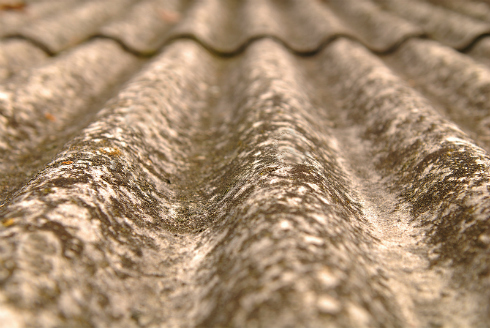A home renovation can raise the value of your property. It can add extra space, provide comfort and improve the aesthetics of your dwelling. But before a DIY home renovation, it’s important to take appropriate steps to ensure the safety and health of your family. Hence, you must have your property checked for asbestos and asbestos-containing materials.
Inhaling asbestos can be dangerous, increasing your risks of developing serious health conditions such as mesothelioma, lung cancer and asbestosis. To protect yourself and your family from accidentally getting exposed to asbestos, you should identify asbestos and asbestos-containing materials around your home before the remodelling or renovation process.

Today, we highlight some of the key areas at home where asbestos may be present. Below are some of them.
- Roofing, Shingles and Siding. Roof gutters, downpipes and shingles in old homes built before the 1980s were commonly made of asbestos cement. To avoid releasing asbestos fibres into the air, do not cut, saw, drill or sand these areas without proper equipment and safety gear. It’s better to call an expert home renovator to do the repair for you.
- Walls and Ceiling. Older homes, especially those built before the 1980s, may have walls and ceiling materials that contain asbestos. Constant vibration or water leaks can make these surfaces loose. Also, if the ceiling is damaged or in poor condition, air movements cause by electric fans, air conditioning systems or the closing and opening of draperies, may release asbestos fibres into the surroundings. Some soundproofing materials, textured coating and decorative items sprayed on walls and ceilings may also contain asbestos. If you are not sure if these areas have asbestos-containing materials, avoid drilling, scraping or sanding them during your home renovation.
- Sheet Flooring or Floor Tiles. Vinyl, thermoplastic and linoleum floor tiles, including the backing and adhesives used to install these flooring materials, may also contain asbestos. Scraping or sanding tiles or their backing could release these hazardous fibres into the air.
If you’re planning a DIY home renovation, it’s always a good idea to have your property tested for asbestos first. Since it’s hard to identify this fibrous element, you should call in a professional to conduct asbestos testing and determine if your home has asbestos-containing materials (ACM).
In case of the presence of ACM in your home, create an asbestos management plan to safely repair the damaged household material or find a way to transport, dispose or remove these hazardous products away from your home. Doing this will ensure that you and your family are safe and protected from the threat of getting exposed to asbestos.
Asbestos is found in various places in your home, from your roof to your vinyl floor. Having your home inspected by a reputable asbestos testing company like Asbestos Check will prevent you and your family from getting asbestos-related health conditions.

